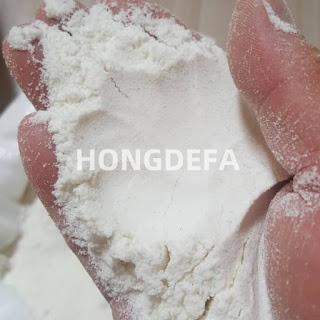In recent years, the demand for maize products has surged due to their versatility and nutritional value. Maize flour milling machines are designed to convert raw maize into a variety of products, such as maize flour, maize grits, and other derivatives, which are essential for baking, cooking, and food production. And Maize is a staple food in many cultures and is used in various forms, from tortillas and maize bread to breakfast cereals and snacks. Therefore, it is crucial for businesses aiming to invest in or take advantage of this market to choose high-quality maize milling machine and ensure that the final product meets quality standards and consumer requirements.
Final product of maize
Modern maize mills from Hongdefa are equipped with advanced technology to improve efficiency and productivity. They usually have automated systems to control the milling process, ensure consistent particle size and minimize waste. In addition, these machines are designed for easy maintenance, which reduces downtime and operating costs.
Hongdefa 100TPD maize flour mill machine
A customer in Zambia purchased maize flour milling equipment from Hongdefa Machinery in 2008. This client is a small business owner who had been running a grocery store specializing in traditional maize products. However, she was having trouble sourcing quality maize flour, which was affecting his product offerings.
After much communication and comparative research, he decided to invest in a maize milling machine from Hongdefa. From the moment he met the Hongdefa team, he was impressed by the professional service provided by Hongdefa. The Hongdefa team helped him choose the right equipment and configuration to suit her production needs and budget.
Hongdefa receiving the visiting customers
Once the equipment arrived, he couldn't wait to plan to install it. Thanks to the detailed instructions and support from Hongdefa's technicians, the installation process was very smooth and up and running very quickly. Within a few days, he was grinding maize flour for his store.
The results were remarkable. Our friend soon discovered that the quality of his products had improved significantly. The freshly ground maize flour had a richer flavor and better texture than the maize flour he had previously purchased. His customers soon noticed the difference, his milling business grew, and we often get positive feedback from him. Recently, he plans to expand his business and has chosen to work with Hongdefa again. He attributes most of his growth to his investment in Hongdefa's high-quality milling machines.
Photos of our technicians and engineers
For businesses and investors who want to thrive in the milling business, choosing suitable maize milling machine is crucial. The experience of many of our customers shows the impact of high-quality machinery on product quality and business growth. With the advancement of technology and the support of Hongdefa's professional team, entrepreneurs can achieve their goals, obtain high returns and provide high-quality maize products to their communities. And the milling business is always a sunrise industry.
If you also plan to invest in the milling business and want to be as successful as our customer, please feel free to contact us.
Miya
miya@hdfmill.com
WhatsApp/Tel: +86 137 2285 1535
www.maizewheatmilling.com
#hongdefa #maizeflour #flourmill #maizemill

























